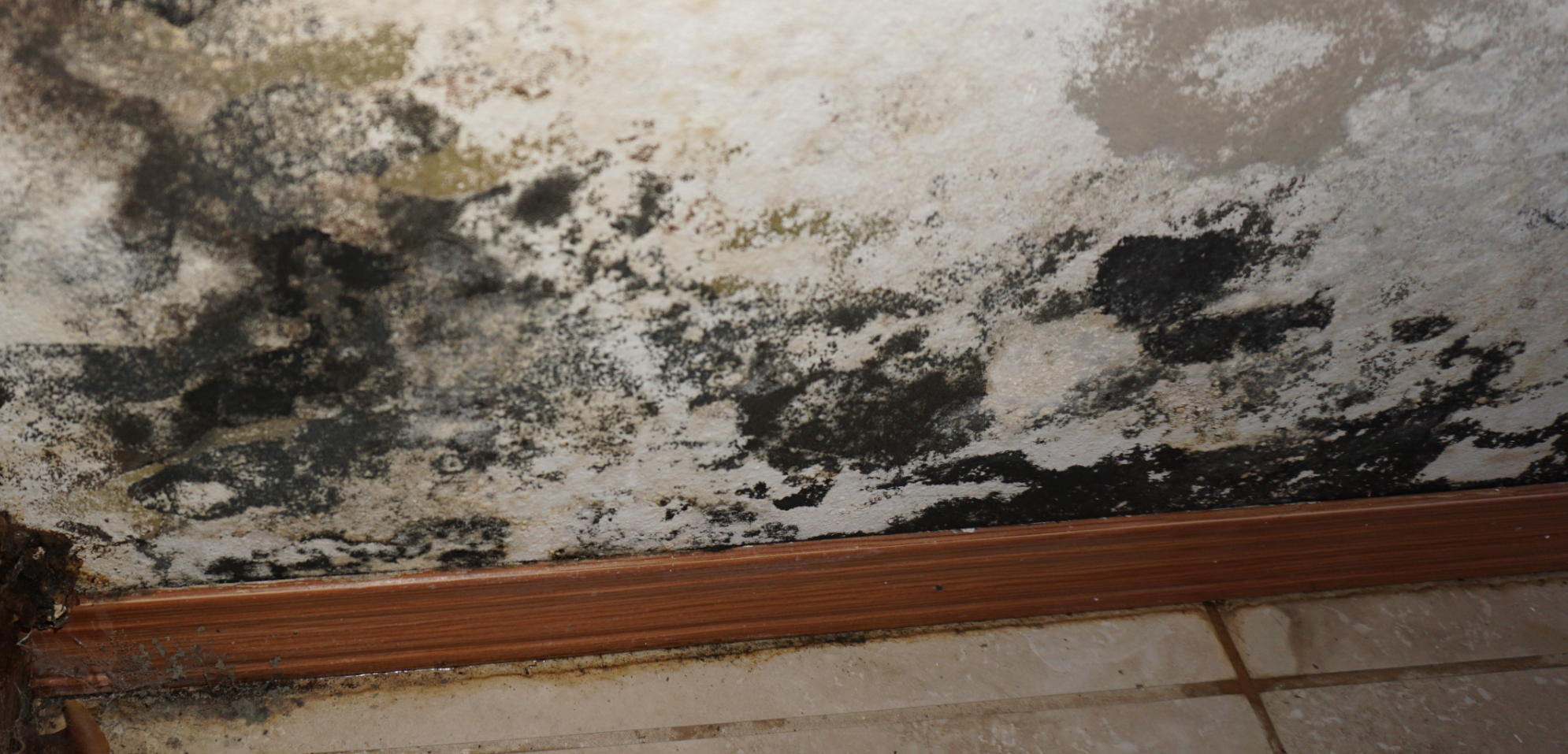
Air Quality | Mold | Meth | Radon | VOCs
UGLY BLACK WALL & CEILING STAINS
Burning candles, smoking, vaping and fireplaces are the main causes of indoor black stains and ghosting.
Finding black spots during a property safety inspection is never fun – if you can rub it and it stains, it may be carbon black or soot. Either way, this will merit further analysis by a laboratory, as both of these materials are harmful to people’s health. Many people don’t expect to find either one of these on a property or construction site, as these types of materials are usually associated with cars and truck pollutants. If you notice these stains on carpets, around wall outlets, or near ventilation gates, carbon black or soot may be a problem.
Testing for Carbon Black
Carbon Black is a black-colored residue that is commonly found in UV lights, used as a conductive agent, and some other household products as a pigment, like inks, paints, plastics, and coatings.
It is known as a carcinogen, with most agencies identifying carbon black as harmful if inhaled, especially consistently. In fact, the World Health Organization - WHO 2012 found that over 4 million deaths in the USA can be attributed to long-term illnesses stemming from repeated inhalation of particulate matter, including carbon black and soot (as well as nitrates, ammonia, and sodium chloride).
Carbon black can only be identified through sampling and testing. Testing is required by most insurance companies for this pollutant. The sample will be subjected to a streak test, polarized light analysis, Transmission Electron Microscopy (TEM), and volatiles analysis.
What is the Difference Between Soot and Carbon Black?
The two are often grouped together, but they are very different materials. Soot is the unwanted byproduct of the combustion of carbon-based materials exposed to heat, for purposes like energy, heat, or waste disposal. Soot is also harmful if inhaled, with tiny microscopic particles that contribute to short and long-term respiratory diseases. The inhalation of soot can also cause birth defects in pregnant women. The dire health effects make it necessary to test any commercial area regularly for soot and carbon black.
In addition to being harmful to human health, scientists believe that soot directly contributes to the global warming process by absorbing radiation into the atmosphere. That radiation then forms clouds, dispensing black soot back into the earth in the form of rain.
Carbon Black and Soot Analysis
Although both substances are different, they have similar components and can be easily tested by the experts at PNWIG. In order to complete all necessary environmental testing for health or insurance purposes, call us at 804-897-0070. The ASTM D6602 testing process is the “Standard Practice for Sampling and Testing of Possible Carbon Black Fugitive Emissions or Other Environmental Particulate,” and the results are official and accurate. We can help you identify what types of testing need to be done for your particular property and provide free overnight shipping for the necessary sampling supplies. For more information, feel free to call us and talk to any of our friendly experts 425.608.9553.